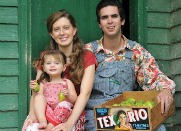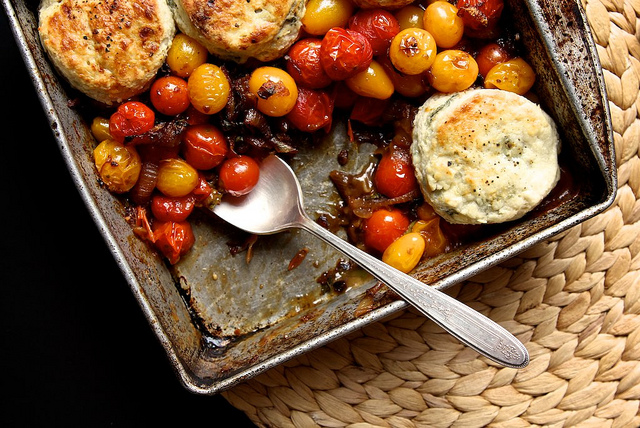Climate Food and Agriculture
All Stories
-
Farmers, beekeepers, brewers: Book takes on New York’s food makers past and present
In her new book, "Eat the City," author Robin Shulman digs in to the Big Apple's food producing past and takes a romp through its lively present.
-
Drought: Bad for the Gulf ‘dead zone’ after all?
The nation's drought-withered corn fields aren't taking in anywhere near the amount of nitrogen fertilizer that farmers put on the ground last spring. And the excess could show up in the Gulf of Mexico.
-
Looking back to see ahead: One woman’s quest to bring back Native American food traditions
For native foods educator Valerie Segrest, the solution to health disparities in tribal communities lies in the hunting and gathering of generations past.
-
Farming without water
As drought becomes increasingly common, more and more farmers will likely look to the ancient art of dry-farming as a solution. (It also makes for really flavorful produce!)
-
Family heirloom: How one seedy businessman became an apostle for the food movement
Follow the evolution of Baker Creek Heirloom Seeds' Jere Gettle from seed apostle to food movement leader.
-
Farming on the frontlines of climate change
At Cranberry Hill Farm, the Slow Ride Stories guys get a lesson in strawberries, maple syrup, and New England stoicism.
-
Number of farmers markets up almost 10 percent over the last year
The markets continue to see huge growth, hitting 7,864.
-
Tomato cobbler with blue cheese biscuits [RECIPE]
Are the tomatoes in your house starting to pile up? Try this unexpected twist on the savory cobbler.
-
Mixed blessings: A smaller Gulf dead zone offers less to celebrate than you’d think
This year's unusually small Gulf dead zone bucks the upward trend and will give aquatic life a chance to rebound. But it's no reason to breathe easy about nutrient runoff from agriculture.
-
What your hamburger really costs [VIDEO]
If we wanted to pay for the climate impact, water use, and healthcare costs behind our burgers, this video says we'd have to add $1.50 to the price of every one we ate.









